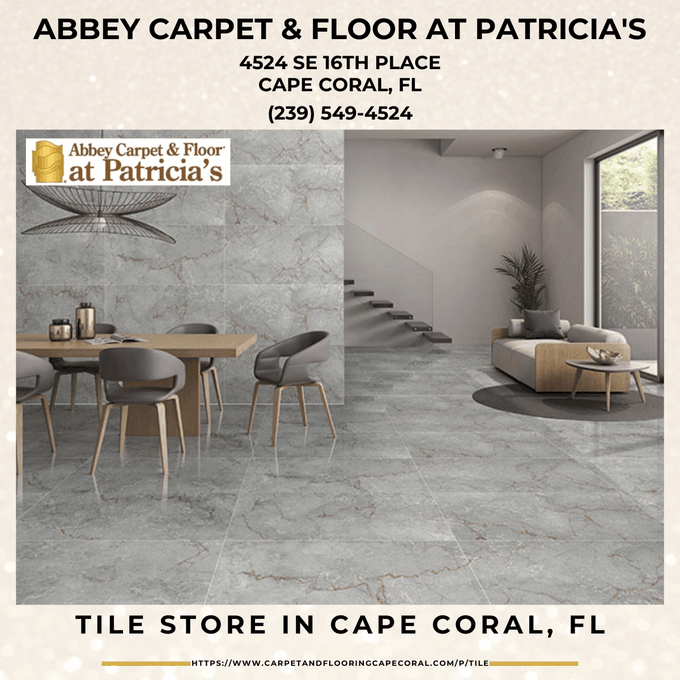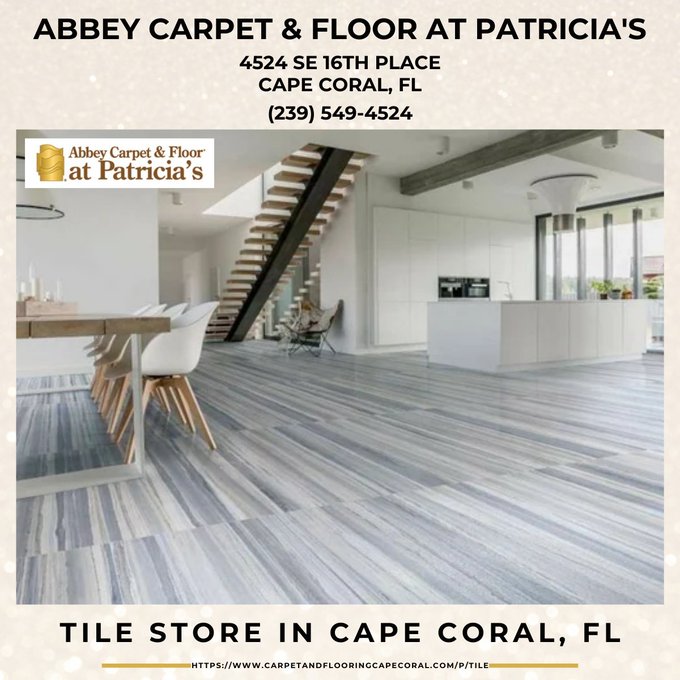Introduction
In the world of home improvement, design trends come and go, but some choices spark more debate than others. One such choice is the peel and stick backsplash. While this trendy option promises ease of installation and affordability, many homeowners find themselves pondering the potential drawbacks. This article dives deep into weighing the disadvantages of peel and stick backsplash, exploring various facets including durability, aesthetics, costs, and more. So if you’re thinking about sprucing up your kitchen or bathroom with this innovative solution, read on to arm yourself with all the information you need!
What is a Peel and Stick Backsplash?
Before we dive into the disadvantages, let’s clarify what peel and stick backsplashes are. These are adhesive tiles that come in sheets or panels, designed for easy application directly onto existing surfaces without the need for mortar or grout.
How Does It Work?
Peel and stick backsplashes typically have a strong adhesive backing. After cleaning your wall surface thoroughly, you simply peel off the protective layer and press it against your wall. Voilà! A fresh new look!
Why Choose Peel and Stick?
These backsplashes offer several advantages:
- Ease of Installation: No special tools or expertise required. Cost-Effective: Generally cheaper than traditional tiling. Variety: Available in numerous designs, colors, and materials.
However, while these perks are appealing, it’s essential to explore their downsides as well.
Weighing the Disadvantages of Peel and Stick Backsplash
Though convenient, there are several drawbacks to consider when choosing a peel and stick backsplash.
Durability Concerns
One significant disadvantage is durability. Unlike traditional tile which can withstand heat and moisture better than most materials, peel and stick options may not hold up over time under extreme conditions.
Heat Sensitivity
If you're an avid cook who frequently uses stovetops or ovens close to your backsplash area, be aware that heat can loosen adhesive over time.
Moisture Issues
Kitchens tend to be humid environments; excessive moisture can lead to peeling or lifting at the edges.
Aesthetic Limitations
While many designs exist for peel and stick backsplashes, they often don’t match the authentic Kitchen Tile appearance of real tiles made from ceramic or porcelain.
Lack of Texture
Many peel-and-stick options lack textural depth compared to traditional tiles that provide a three-dimensional effect.
Fading Colors
Over time, exposure to sunlight can cause colors on peel-and-stick tiles to fade more quickly than their traditional counterparts.
Cost Comparison: Is Peel and Stick Tile Cheaper Than Real Tile?
When considering home renovations, cost is always a factor.
Initial Costs vs Long-Term Investment
The initial cost for peel-and-stick tiles is generally lower than installing real tiles like porcelain or ceramic. However:
- A good price for tile ranges from $1 to $15 per square foot depending on material. Installing real tile may cost between $5-$10 per square foot including labor.
In contrast:
- Peel-and-stick options can range from $0.50 to $5 per square foot.
So while you might save initially with peel-and-stick tiles, consider longevity before making your choice.
Installation: A Double-Edged Sword?
While it’s true that installing a peel-and-stick backsplash is relatively straightforward—what happens when it's time to remove?
Removal Challenges
Removing a sticky backsplash can be trickier than installation:
You risk damaging your wall surface underneath. Adhesive residue might remain requiring additional cleaning efforts.
Time Efficiency vs Quality Workmanship
How much does it cost to install 200 square feet of tile? Traditional installations require professional help which could run from $1,500-$3,000 depending on materials used! Whereas:
- You could DIY with minimal investment using peel-and-stick.
But remember—quality workmanship often yields better long-term results!
Can You Tile Over Tile? The Practicality Question
If you’re contemplating a remodel but already have existing tile in place:
Tiling Over Existing Surfaces
Yes! Tiling over tile is possible; however:
- Ensure existing tiles are firmly adhered without cracks. Use proper underlayment for adhesion success!
This question leads back to weighing whether peeling off old material first makes more sense versus applying new layers over old ones?
Labor Costs: What Do Tilers Charge Per Hour?
Understanding labor charges helps homeowners budget effectively.
Average Charges by Professionals
Typically:
" width="560" height="315" frameborder="0" allowfullscreen>
- Tilers charge between $40-$90 per hour depending on location & experience!
Given these rates—consider whether investing in quality installation outweighs cutting corners with DIY solutions like peel-and-stick options.
Long-Term Value: Does Tile Increase Home Value?
Investing in home improvements isn’t just about aesthetics; it’s also about value appreciation!
Comparative Analysis
Real tile installations generally offer better returns compared against cheaper alternatives:
- How much does tile increase property values?
Well-maintained ceramic or porcelain floors reflect both luxury & practicality that prospective buyers appreciate!
FAQs About Peel and Stick Backsplash
Q1: How long will peel and stick tile last?
A1: Generally speaking, you can expect them to last anywhere from 5–10 years depending on conditions like heat exposure or moisture levels.
Q2: Is more expensive tile better?
A2: Not necessarily! More expensive options usually offer durability but consider your specific needs before splurging!
Q3: Why is tiling so expensive?
A3: Labor costs contribute significantly—expertise required for proper installation adds value especially when dealing with intricate patterns/designs.
Q4: How much does it cost to install 1000 square feet of tile floors?
A4: Expect costs between $6-$12 per square foot once labor & materials are factored in totaling approximately $6K-$12K overall!
Q5: Which tiles last the longest?
A5: Porcelain tends to outlast ceramic due its denser composition making them less porous & thus resistant against wear & tear!
Q6: Are glossy tiles outdated?
A6: Not necessarily! Glossy finishes remain popular among contemporary designs though matte styles have surged forward recently as well!
Conclusion
When weighing the disadvantages of peel and stick backsplash options against more traditional materials like ceramic or porcelain tiles—the decision ultimately rests upon personal preferences regarding aesthetics versus practicality amidst budget constraints.
While they present an accessible alternative for those seeking quick transformations without commitment—their limitations become Wall Tile clear upon closer inspection emphasizing careful consideration before diving headfirst into any renovation project! Remember—it’s not just about how much things cost upfront but ensuring lasting value within one’s investment too!
Isn’t that what home improvements should be about after all?
In every aspect discussed above regarding weighing the disadvantages of peel and stick backsplash, we hope this comprehensive guide equips you with insights needed for informed choices going forward!

